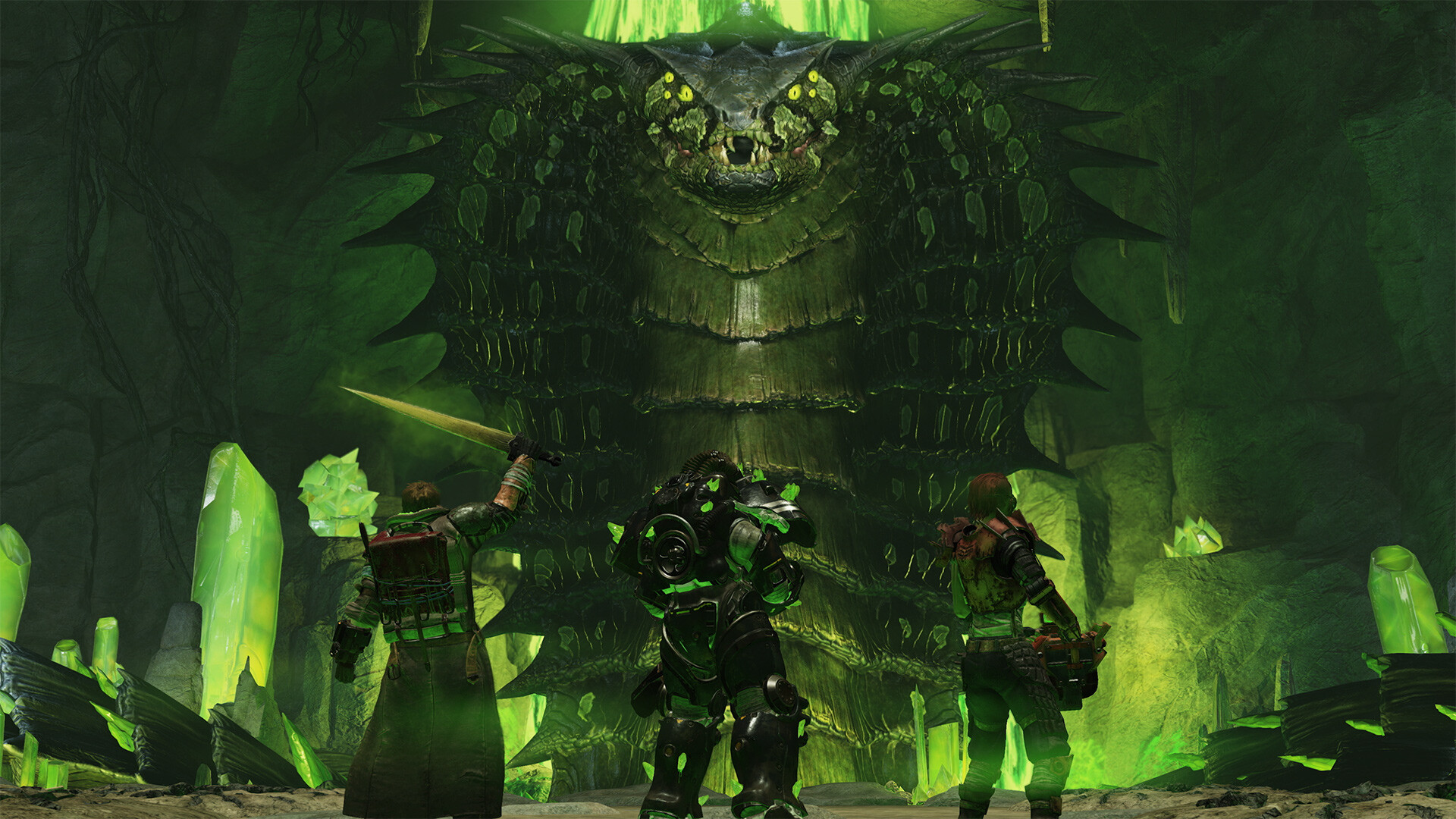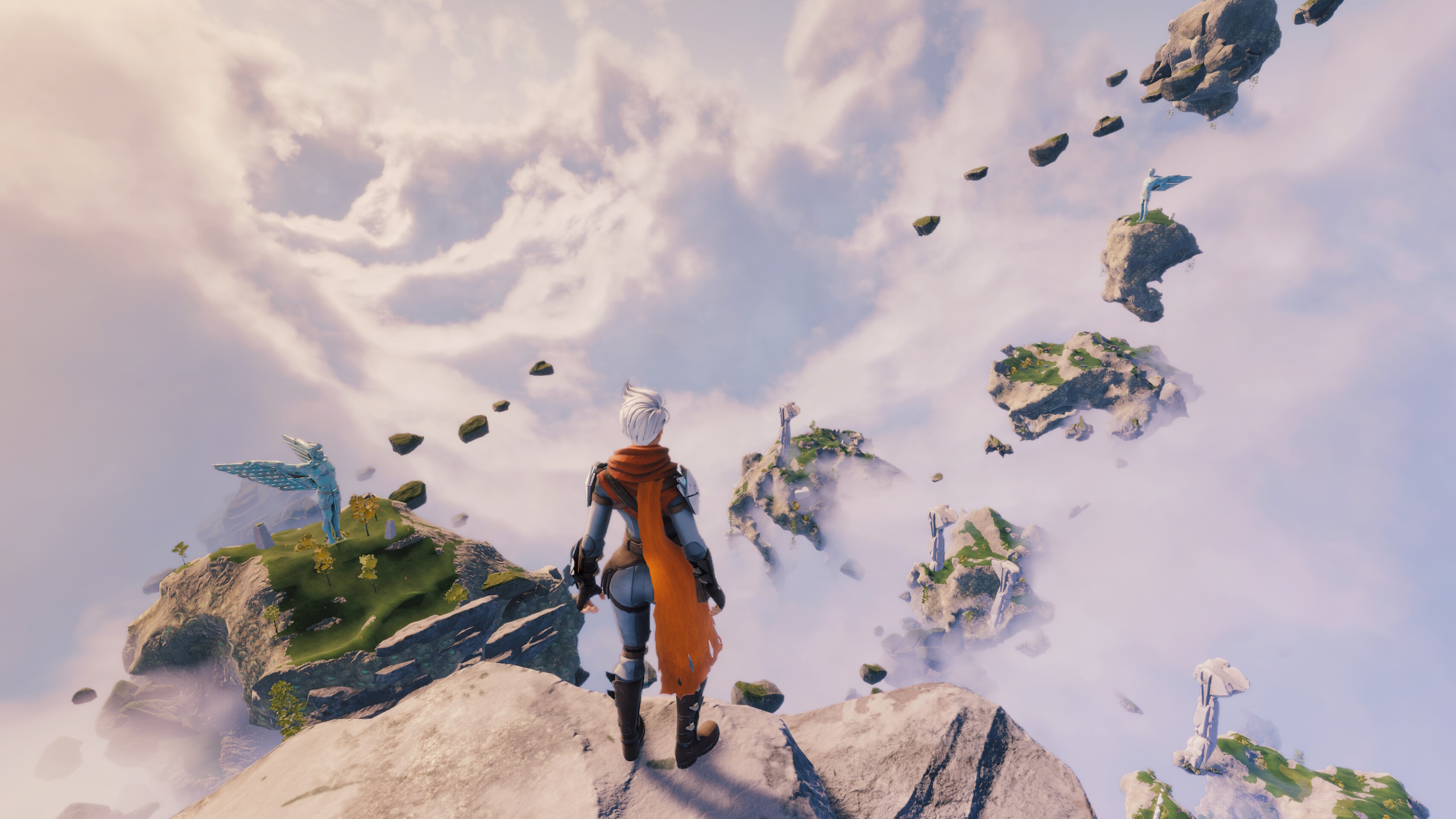
Dragon Quest III HD-2D Remake Review: History Repeats
You really can’t understate how historically important Dragon Quest III is. This is not just any JRPG–to players in Japan, it’s the defining JRPG, a game that set sales records and truly made Dragon Quest an inextricable part of Japanese pop culture. To this day, it’s recognized and referenced in all manner of media, and its wild success is the subject of both nostalgic fascination and urban legends.
With such a pedigree behind it, it’s no surprise that Square Enix has seen fit to re-release Dragon Quest III numerous times, with this HD-2D Remake edition being the latest–and also the most lavish–to date. Logic dictates that a game like this deserves a red-carpet treatment. But unlike Final Fantasy, which is no stranger to changing things up in its recent sequels and remakes, the old-fashioned elements of Dragon Quest’s gameplay remain untouched no matter what.
Of course, the biggest deal about this remake–which its very title proudly proclaims–is the use of Square Enix’s HD-2D visual style. Previous HD-2D games like Octopath Traveler, Triangle Strategy, and the Live A Live remake have established a strong visual identity, using 2D sprites, 3D backgrounds, and scrolling and perspective tricks to create an ornate and cinematic style that makes them stand out.








